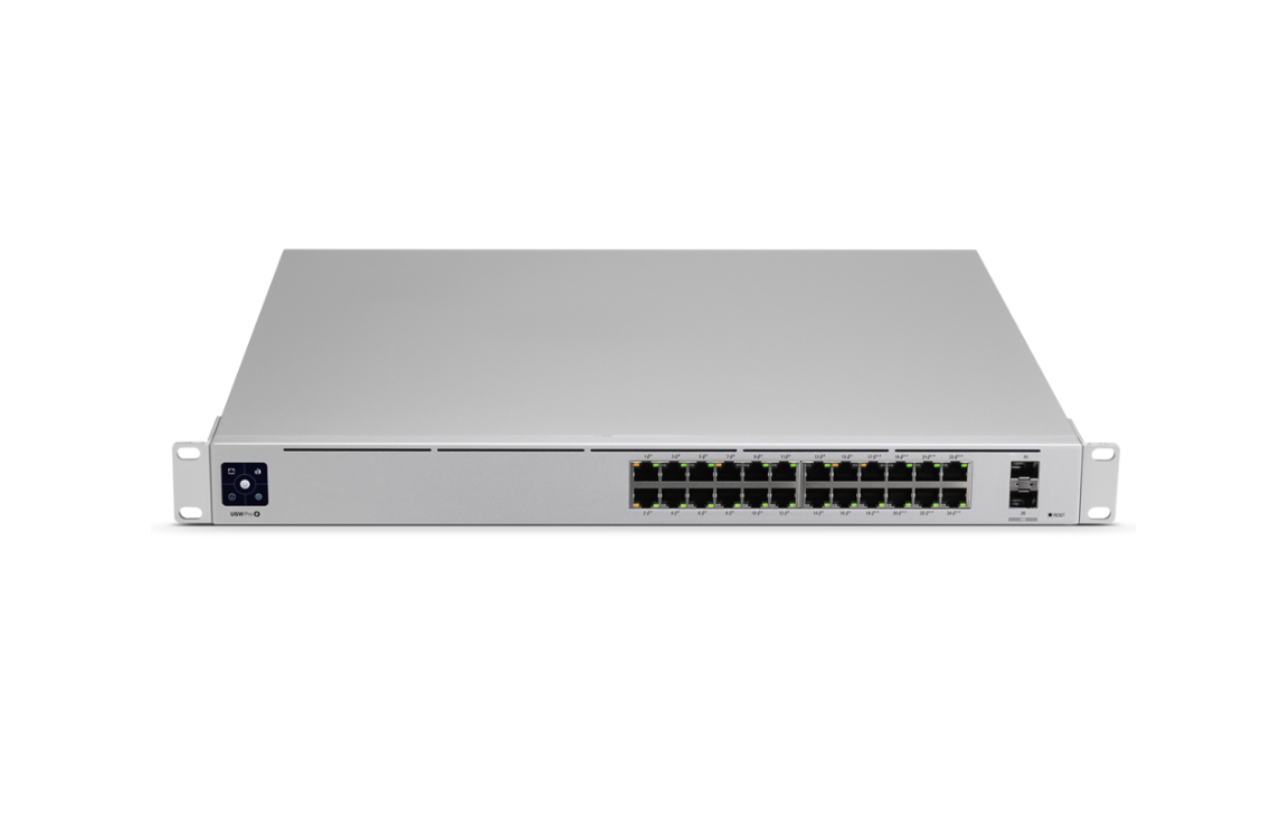
A lot of the Ubiquiti devices we discuss about here on A&T Tech are powered by PoE, or Power over Ethernet which uses other pins in the ethernet cables to power network devices up, such as access points, IP cameras, speakers and even LED light panels. Even wall clocks can be powered by PoE and then use the internet to update their time from NTP.
But as with everything in networking, the IEEE has a few standards for PoE to help keep everything working properly. There are three main PoE standards, all varying in the amount of power they supply. There are 802.3af, 802.3at and 802.3bt.
All three of these are referred to as ‘auto-sensing’ PoE, which means if you plug a laptop in to a port with PoE turned on, it won’t blow the device up as a level of auto-negotiation happens between the PoE switch and device, when it asks for power.
802.3af
802.3af is also known as just ‘PoE’ on most switches, it provides up to 15.4W and is most used for less powerful wireless access points and IP cameras. VoIP phones also tend to use 802.3af to as they don’t need a massive amount of power.
802.3at
802.3at is basically the same as 802.3af, but it just provides more power, up to 30W and is generally referred to as ‘PoE+’ on most switches. The higher amount of power allows better quality cameras to be used, such as 4K cameras and PoE switches which are powered up by PoE and provide power down stream, such as the UniFi Switch Flex from Ubiquiti, it is powered by 802.3at on the uplink and can provide 802.3af PoE on four other ports.
802.3bt
802.3bt is one of the newest standards and provides up to 60W to each device it is referred to as PoE++ usually. This is used for really demanding devices, notably lighting products and screens. Ubiquiti has LED light panels for office ceilings which are powered by 802.3bt.





